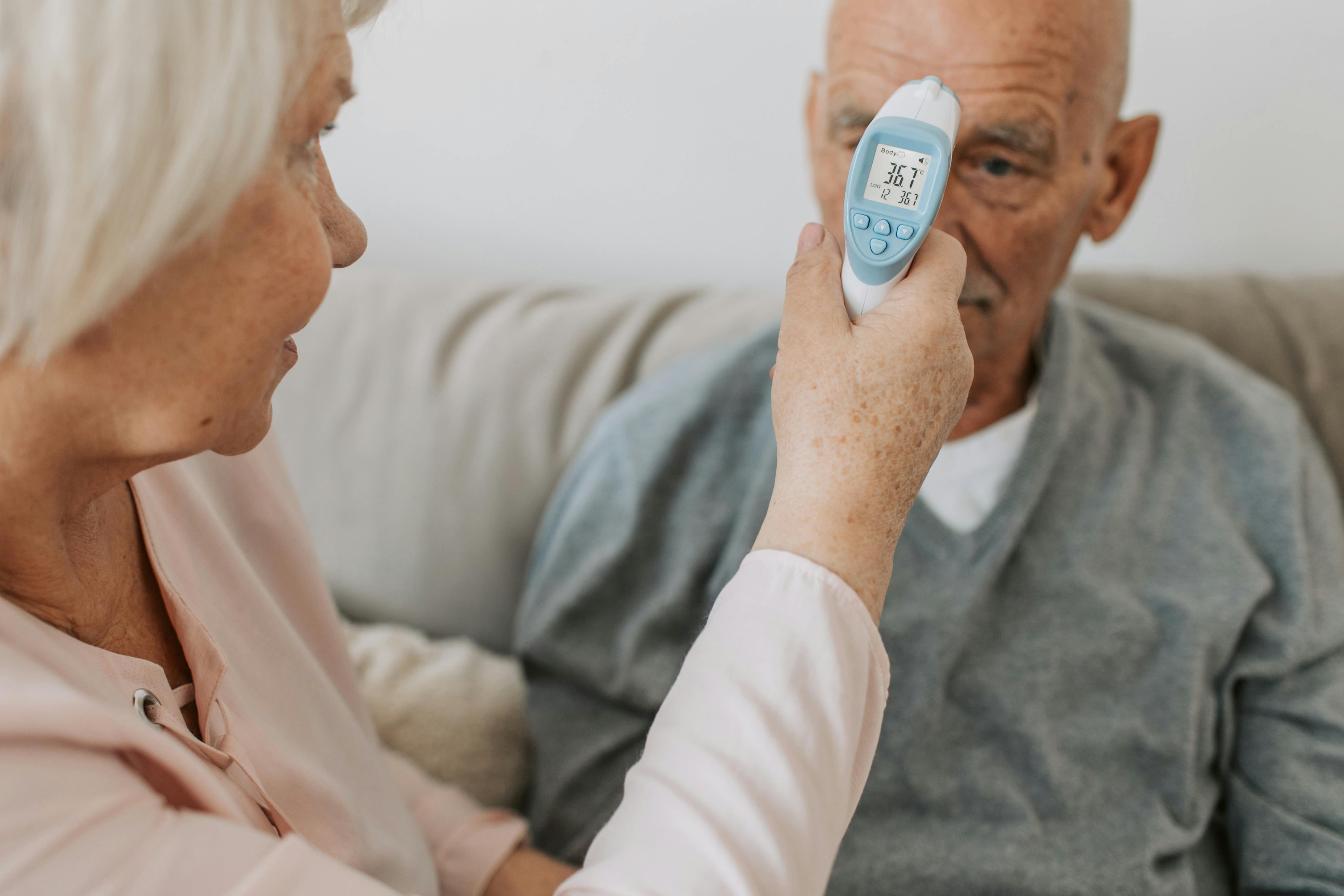
How to Make Cake Flour at Home: Simple Steps for Perfectly Fluffy Cakes
Cake flour is an essential ingredient for achieving that light, fluffy texture in baked goods. Understanding how to make cake flour at home can open new doors to delectable cake creations that are moist and soft. Many bakers find themselves needing cake flour suddenly, yet don't have it on hand. Fear not! This article will guide you through a simple recipe to make homemade cake flour using just two common kitchen ingredients: all-purpose flour and cornstarch.
In the forthcoming sections, we'll delve into the characteristics of cake flour, its differences from all-purpose flour, and the benefits of using cake flour in your baking ventures. Plus, we’ll cover practical tips on how to measure and sift cake flour correctly to get the best results. By the end, you’ll be equipped to create cakes that are sure to impress on any occasion.
So, whether you're in search of the perfect cake flour recipe or insights into cake flour substitutes, let's bake our way through this guide to elevate your cake baking skills!

Understanding Cake Flour vs. All-Purpose Flour
To appreciate the allure of homemade cake flour, it’s essential to understand the differences between cake flour and all-purpose flour. Cake flour is finely milled and has a lower protein content compared to all-purpose flour, which leads to a delicate crumb and a softer texture in cakes. The characteristics of cake flour make it ideal for baking light cakes, moist cupcakes, and airy pastries.
One key aspect of cake flour is its gluten content. Lower gluten levels mean less elasticity, resulting in a tender cake that doesn't become chewy. In contrast, all-purpose flour is more versatile and can be used in a variety of recipes but may not provide the same fluffy texture as cake flour.
Why Choose Cake Flour?
Using cake flour can provide numerous benefits in baking. The fine texture helps incorporate air into the batter, creating a light and fluffy cake. Furthermore, cakes made with cake flour tend to rise higher and maintain their structure, enhancing the overall presentation and taste. For specific recipes like cake flour pancakes or light cakes, the choice of cake flour is particularly crucial for the appeal and texture.
The Science Behind Cake Flour
Understanding cake flour involves not just its physical characteristics but also its brand of science. When you use cake flour, you're engaging in a baking technique that promotes a specific reaction between ingredients, often influenced by factors like moisture, temperature, and flour type. This brings us to the point on how to achieve cake flour when you don't have it readily available.
How to Make Cake Flour from Scratch
Making your own cake flour at home is simple and requires minimal effort. Below is a step-by-step guide that explains how to make cake flour using all-purpose flour and cornstarch.
Ingredients You’ll Need
To get started, gather the following ingredients:
- 1 cup of all-purpose flour
- 2 tablespoons of cornstarch
Step-by-Step Process to Create Cake Flour
1. **Measure Flour Accurately**: Start by measuring 1 cup of all-purpose flour. It is crucial to avoid packing the flour tightly into the measuring cup to get an accurate measurement.
2. **Add Cornstarch**: Add 2 tablespoons of cornstarch to the flour. Cornstarch helps to reduce the gluten content and contributes to the light texture of cake flour.
3. **Sift Together**: Sift the flour and cornstarch mixture together at least twice. This step is vital as it combines the ingredients evenly and aerates them, enhancing the cake flour texture.
4. **Store Your Cake Flour**: If you don’t need the cake flour immediately, store it in an airtight container to maintain its freshness.
Measuring Cake Flour for Perfect Results
After making your homemade cake flour, it’s essential to measure it accurately to avoid any discrepancies in your baking. Incorrect measurements can lead to dense or dry cakes instead of the desired fluffy texture.
How to Measure Cake Flour Correctly
1. **Use the Spoon and Level Method**: Fluff up the cake flour with a spoon first, then spoon it into your measuring cup. Level off the top with a knife without packing it down.
2. **Weighing Flour for Accuracy**: If you have a kitchen scale, weighing your cake flour gives you the most precision. Typically, 1 cup of cake flour weighs approximately 120 grams.
Common Mistakes to Avoid
Baking cakes can be tricky, so pay attention to common mistakes:
- Packing the Flour: Always measure by spooning the flour into the cup.
- Forgetting to Sift: Failing to sift can result in clumps that don’t dissolve in the batter.
- Not Storing Properly: Make sure to store your flour correctly to ensure freshness.

Substituting Cake Flour in Baking
For those times when cake flour is not available, understanding how to use substitutes can save your baking day. While there are numerous substitutes for cake flour, the following are two of the most effective:
All-Purpose Flour Substitute
If you’re using all-purpose flour instead of cake flour, it’s best to add cornstarch to reduce its protein content. Use the same method described earlier; for every cup of all-purpose flour, add 2 tablespoons of cornstarch. This method will result in a similar cake flour characteristic.
Alternative Cake Flour Options
Other alternatives you can consider include purchasing cake flour brands often sold at grocery stores or looking for specialized gluten-free cake flour options if needed. Organic cake flour can also bring new flavors and textures to your baking.
Baking Tips with Cake Flour
Now that you've mastered how to make and measure cake flour, let's explore essential baking tips to ensure your cakes come out perfect every time.
Using Cake Flour for Different Baked Goods
Cake flour’s low gluten content makes it ideal for various baked goods beyond just cakes. It’s also perfect for cupcakes, pancakes, muffins, and pastries. Incorporating cake flour in these recipes can enhance their texture significantly.
Achieving the Perfect Cake Texture
The secret to a successful cake lies in achieving the right batter thickness. Keep an eye on the consistency and avoid over-mixing, which can develop gluten and lead to a dense cake.
FAQs About Cake Flour
What is cake flour made from?
Cake flour is typically made from soft wheat, which has a lower protein content compared to hard wheat flour used for bread.
Can you make cake flour without cornstarch?
While cornstarch contributes to the lightness, you can still make cake flour with just all-purpose flour, though the texture may not be as tender.
Is cake flour gluten-free?
No, traditional cake flour contains gluten. However, gluten-free cake flours are available for those with dietary restrictions.
Conclusion
By learning how to make cake flour at home, you can enhance your baking experience and create a variety of delightful treats. With simple ingredients and techniques, you can ensure that your cakes are perfectly light and fluffy. Experiment with the tips and recipes shared in this guide, and enjoy the delicious results!